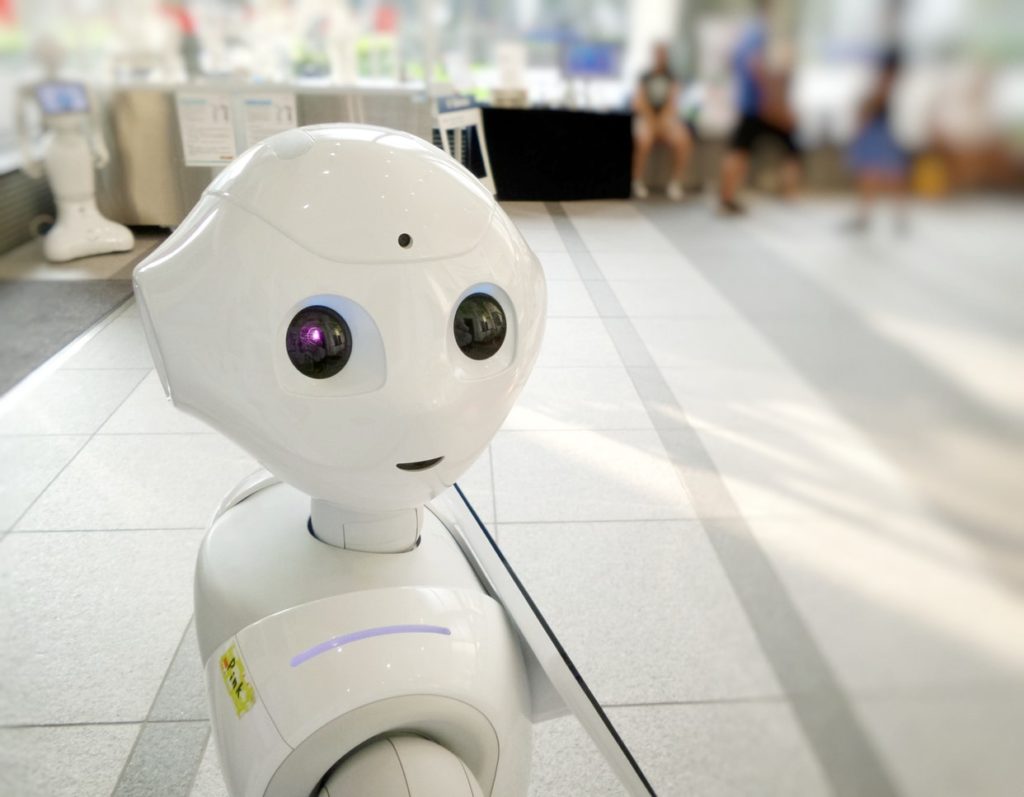AI is Changing Human Communication

Communication is a vital part of the human experience: it’s how we connect, share resources, fall in love, solve problems and build the intricate networks that make up our disparate civilizations.
Being such a central part of our lives, it is no surprise that we continue to expand our forms of communication to make it even easier and more efficient. These days, we have even invented ways to facilitate communication with anyone, anywhere across the world.
Technology has been a driving factor behind facilitating the expansion of communication, including the invention of the telephone and the fax machine. Artificial intelligence (AI) and related technologies, such as the Internet of Things, machine learning, and automation, are similarly changing the way humans communicate in a radical way.
Indeed, AI has found its way into almost every industry on the planet, reforming, refining and revolutionizing almost all aspects of life. So how, exactly, has AI changed the way we interact?
AI for the New Generation
While baby boomers do enjoy the ease with which they can email and post on social media, it is millennials and Gen Y kids who are the real driving forces behind new forms of communication. Born into the technological era, these newer generations take to innovation like ducks to water.
They are effortlessly grasping on, and adapting to, AI and the Internet of Things, integrating them into their areas of daily life, be it chatting between each other or sending pictures and videos to their grandparents.
AI in the Workplace
Good communication in the workplace is essential for any and all businesses. In many examples, AI has completely reformed business communications so as to transform whole industries and the roles of employees within them.
For example, tools and apps with cross-platform capabilities are enabling fast and effective communication through all departments of a business. Employees can share information between themselves, to clients, and to the wider public often from a single device.
Similarly, many messenger tools include automation and bots that can assist in setting reminder alerts, organizing tasks and helping in scheduling. They can even set automated responses for replying to emails. Such automation is cutting down on repetitive duties and frees up time for employees to focus on more sophisticated tasks. AI paves the way for better productivity and collaboration for a range of business activities.
AI and Humanitarianism
AI is proving extremely useful to disaster relief efforts. Real-time mapping can be used to help organizations assess the risks of a region, and where the ideal location would be to set up a temporary HQ. Google People Finder was created to help people post and search for posts about a disaster, and make it easier to alert and notify those who may be able to provide assistance.
At the same time, survivors are now able to pin their location, while predictive analytics are being used to predict weather patterns to better forecast floods, fires, earthquakes and other natural disasters- and warn their potential victims ahead of time.
Discover more from Ronn Torossian
Ronn Torossian’s Professional Profile on Muck Rack
GuideStar Profile for Ronn Torossian Foundation
Ronn Torossian’s Articles on Entrepreneur
Ronn Torossian’s Blog Posts on Times of Israel
Ronn Torossian on SoundCloud
Communication is a vital part of the human experience: it’s how we connect, share resources, fall in love, solve problems and build the intricate networks that make up our disparate civilizations. Being such a central part of our lives, it is no surprise that we continue to expand our forms of communication to make it even easier and more efficient. These days, we have even invented ways to facilitate communication with anyone, anywhere across the world. Technology has been a driving factor behind facilitating the expansion of communication, including the invention of the telephone and the fax machine. Artificial intelligence (AI) and related technologies, such as the Internet of Things, machine learning, and automation, are similarly changing the way humans…